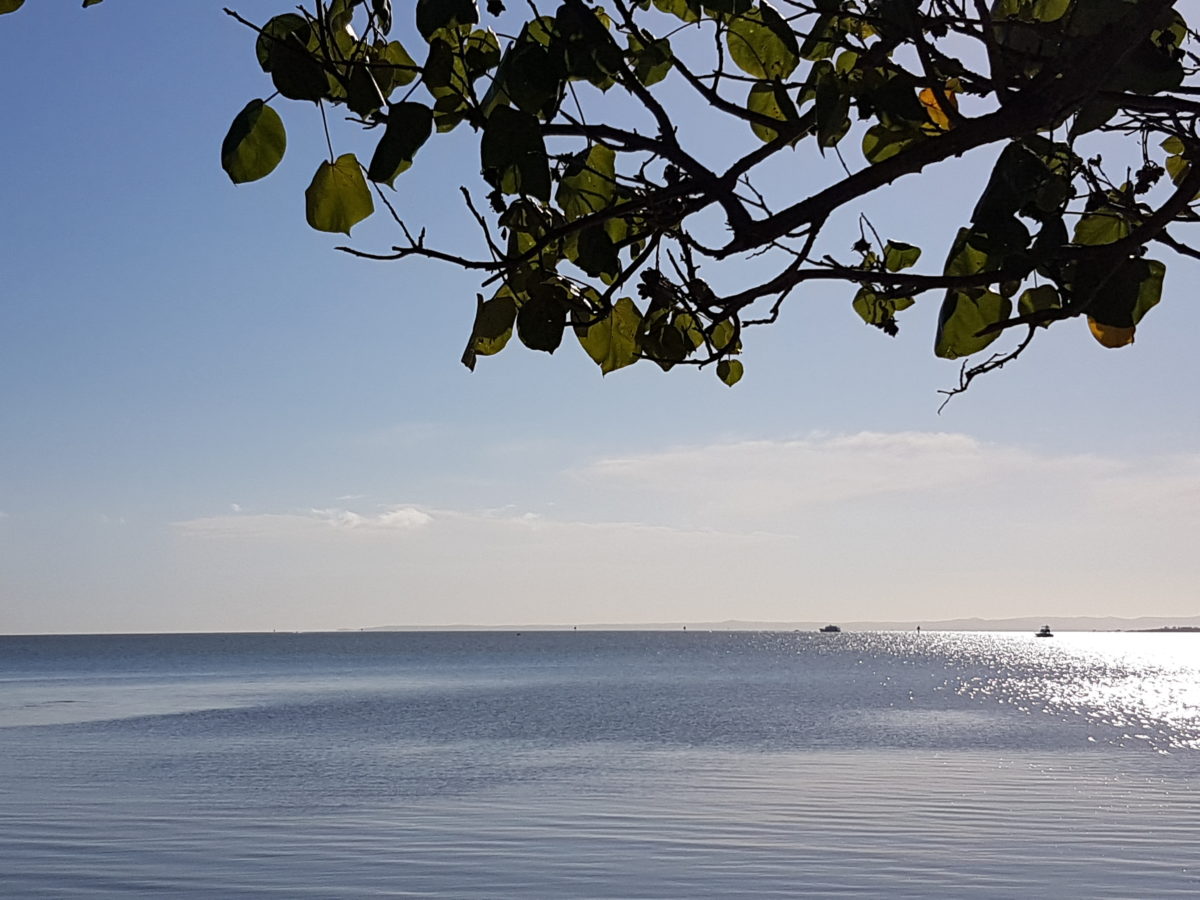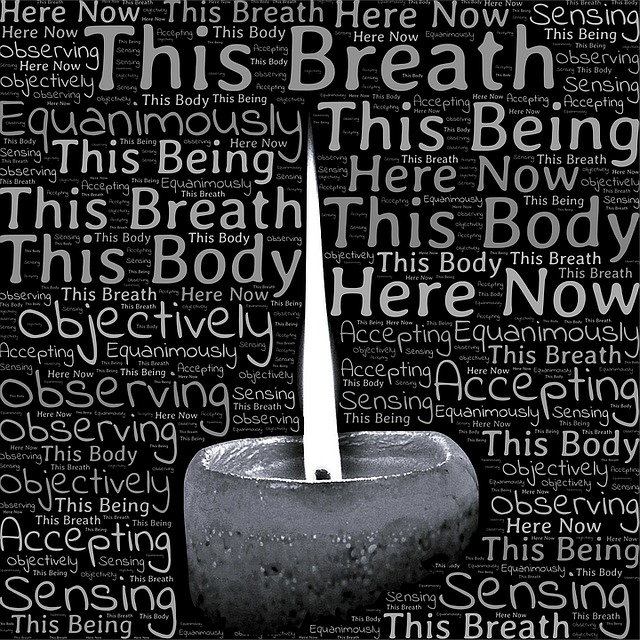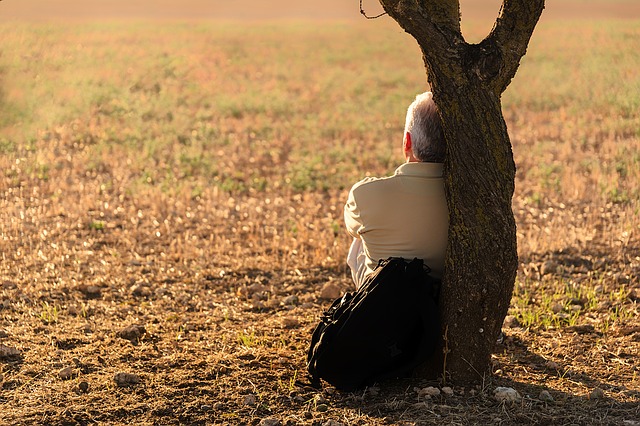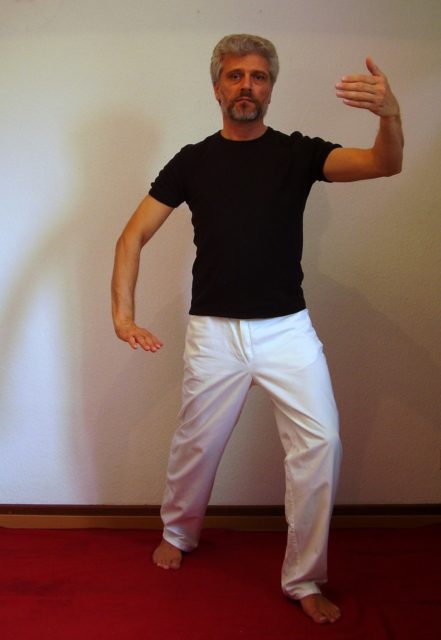Ricardo Semler, entrepreneur and author, became well known for his ground-breaking book on the democratization of organisations. In Maverick, he describes his approach to managing his business, Semco, which involves allowing employees unprecedented autonomy in many aspects of organization life.
What is not so well known is his personal philosophy of life. His comments give some insight into his own approach to mindfulness and his perspective on idleness:
The opposite of work is idleness. But very few of us know what to do with idleness. When you look at the way that we distribute our lives in general, you realize that in the periods in which we have a lot of money, we have very little time. And then when we finally have time, we have neither the money nor the health.
Semler suggests that we put off so much in life because we are so busy about the future that we cannot enjoy the present. In the process, we miss the opportunity to develop wisdom and to pursue the fundamental question of “What am I doing this for?”
And so, what we’ve done all of these years is very simple, is use the little tool, which is ask three whys in a row. Because the first why you always have a good answer for. The second why, it starts getting difficult. By the third why, you don’t really know why you’re doing what you’re doing. What I want to leave you with is the seed and the thought that maybe if you do this, you will come to the question, what for? What am I doing this for? And hopefully, as a result of that, and over time, I hope that with this, and that’s what I’m wishing you, you’ll have a much wiser future.
These comments by Ricardo Semler are extracts from a TED Talk that he gave in 2014, “How to run a company with (almost) no rules.” The video of this talk is embed below and the transcript is available online for those who prefer to read rather than listen.
Semler asks some fundamental questions about life and work and how we spend out time. Busyness is the greatest impediment to mindfulness – the pathway to wisdom, calm, clarity and creativity.
Postcript: I often take a short detour in the morning via the Manly Esplanade so that I can see the bay, the islands and the emergent sunrise. On the morning I watched Richardo’s video, I asked myself, “Why don’t I stop and capture the image that I see, instead of rushing back home?” And so the image in this blog post captures calmness in the spotlight of the sunrise.
Image Source: Copyright R. Passfield




